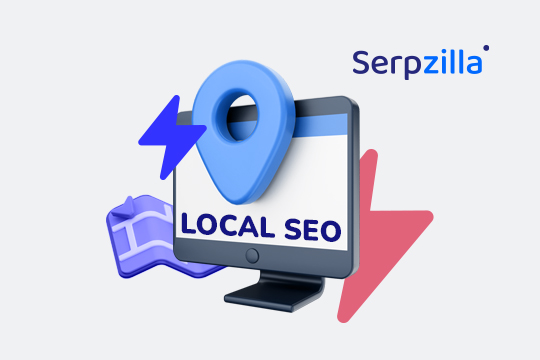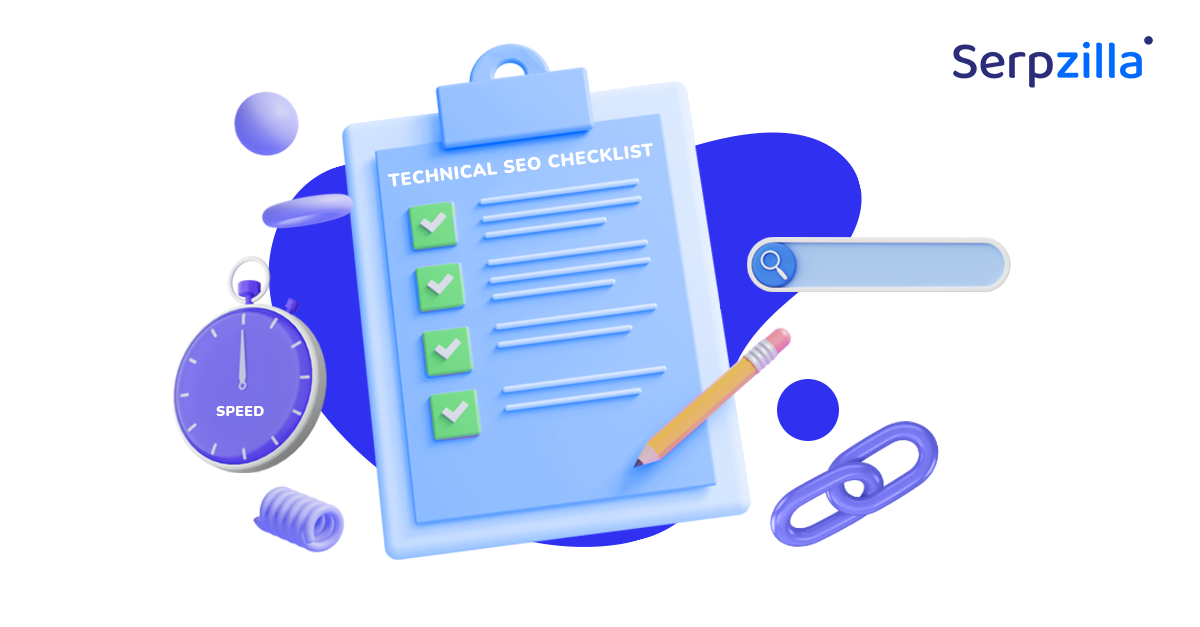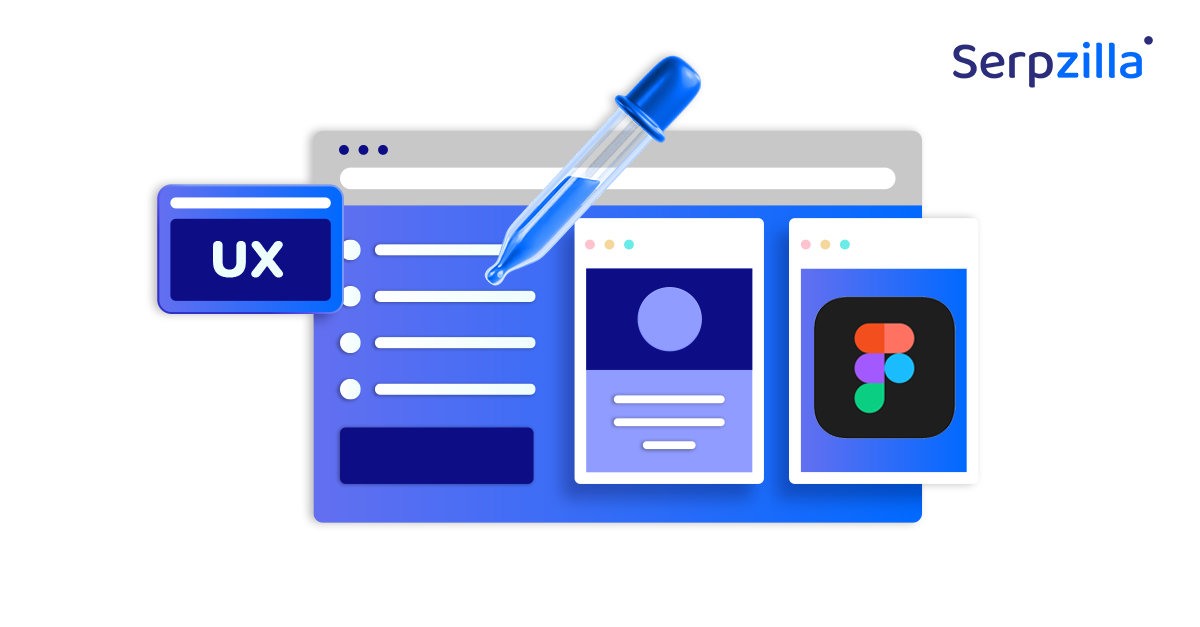The question is very simple.
And if you’ve read our previous articles, especially the one about link explosion, the answer is also quite simple.
When your link building activity deviates from established norms, Google sees your backlinks as spammy and pushes your site lower down the SERPS – even lower than you’d be without all those backlinks.
There are three main factors that trigger Google’s ire when it comes to what they perceive as link spam:
- Building too many backlinks in a very short period of time
- Getting too many links from a small number of unique domains
- Poor distribution of trust metrics over all the referring domains (too low or too high)
When you do one or more of these, Google sees your link building as unnatural. And then you’re doomed.
So how do you avoid being penalized for buying links? How many links are enough and how frequently should you buy them?
How many links do you need to buy?
The short answer is – you guessed it – “It depends.”
The long (but satisfactory) answer is that you should have at least 40 to 50 links to your homepage and up to 100 links to each individual web page that you want to promote.
Those numbers can go significantly higher or lower depending on three main factors and how they relate to your niche:
Competition
How do you know how competitive your niche is? Easy – go to Ahrefs or Semrush or your favorite SEO tool, and it will show you a list of your competitors according to the number of keywords you’re ranking for.
Also check out their backlink profile.
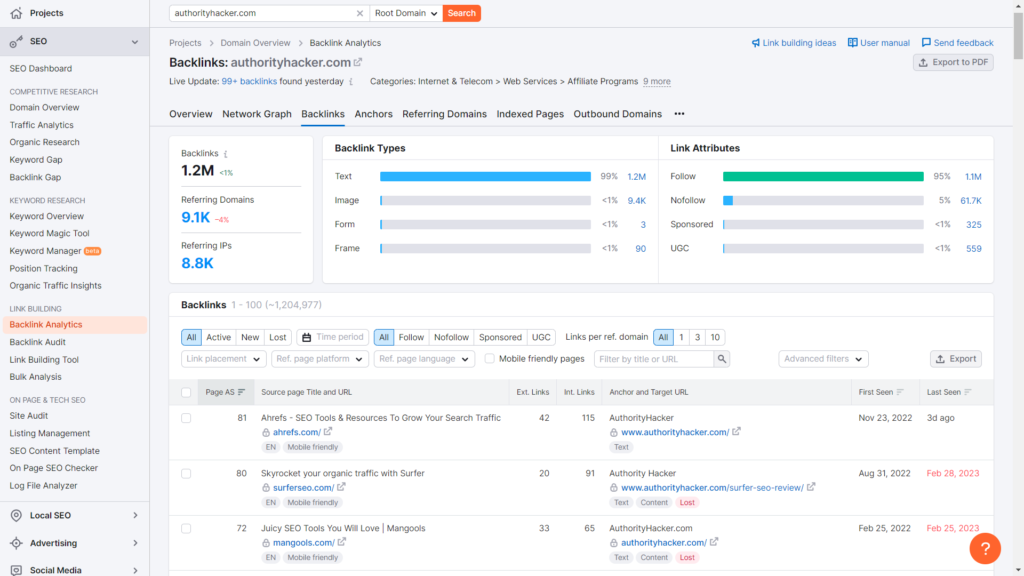
How many links do they have? From which sites? What kind of links are they? How relevant are they?
If you operate in a competitive niche, your competitors might have hundreds of thousands of backlinks. Even if you’re pacing your link building campaign while respecting a theoretical ceiling, you can be sure that others in the industry will never stop buying links.
You might do a detailed backlink analysis of your competitors and think that some sites are at their peak, only to find out that they’re still getting more links and moving upwards. As a result, you’re always playing a game of catch-up.
Imagine you’re just starting out and have ZERO links at the moment. How many can you safely buy in bulk?
Cadence
The rule of thumb is to buy links as slowly but as steadily as possible. Say you want to buy 50 links to your homepage. You can space them out over a month or even more.
How soon you need to hit the magic number also depends on the number of sites that are actively competing with you. You probably don’t have too much time – you can’t afford to sit on your hands for months.
Buying 50 backlinks over a period of two months is pretty reasonable for most niches. One month can be pushing it a bit. Just remember that the steadier and more smoothly rising graph you have, the more Google will love you.
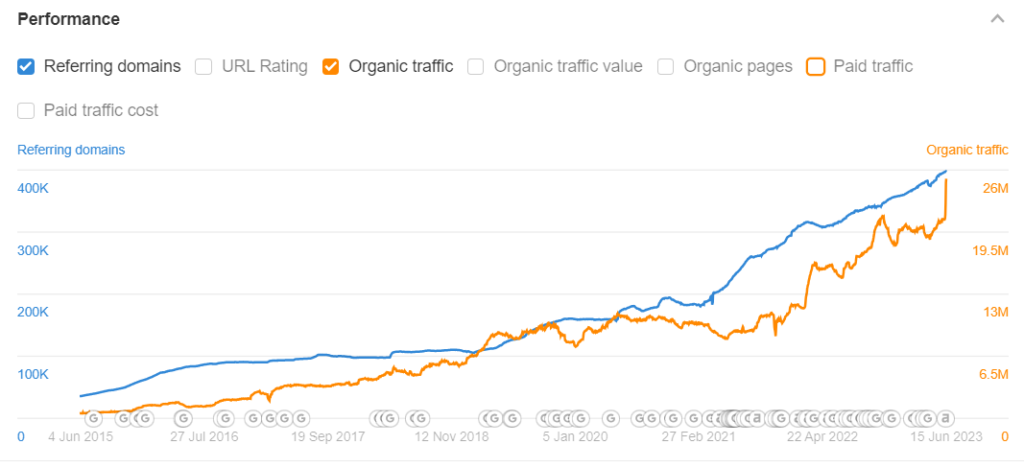
Trust
Okay, now you’ve checked out your competition and decided on the optimal pace to buy your links. But still, you need links from different kinds of websites with a wide range of trust metrics (DA or DR) to make your backlink profile look natural. Just like you spread out the time taken to amass links, you also need to spread out the types and authority of the sites from which you get them.
Why? Otherwise it would be too simple. The only thing that restricts a company from buying all the links their budget permits is Google’s algorithm. It most probably has thresholds to differentiate between a “natural” and an “unnatural” link profile. If all your links are super-relevant and from high-authority sites with 80+ DA, you’re bound to arouse Google’s suspicion.
We don’t really know if such an overly optimized backlink profile will translate into a penalty or not, but why take the risk? You can again look at your competition to see what’s the average distribution of DA, DR or other trust metrics for their backlinks.
In our internal studies, we have found that a distribution of 60-40 applies to most sites and niches – 60% of a site’s backlinks come from sites with a DR of 40 or less; only 40% of the sources have a DR of more than 40.
This means that sometimes you might even need to purchase low-DR backlinks (quite a lot of them) to create the illusion of a 100% natural backlink profile. And why should you pursue this goal? Well, if Google thinks you have a great backlink profile, you have the leeway to go out there and speed up your backlink buying process. Getting a large number of backlinks in a relatively short time will be less likely to trigger action against your site because of its creditable history.
Full steam ahead!
So how fast can you go while buying links? Usually, the slower you go, the better, but you don’t have all the time in the universe. The ideal balance is to buy 2 to 5 links every day and try to make sure they look as organic and relevant as possible. The more natural your link profile, the faster you can grow it.
More often than not, the only thing that deters link builders from buying more links is their budget and Google’s unsaid “virtual ceiling.”
If you have a huge website in a competitive niche, you might need hundreds or even thousands of links per page. And building links at scale is a never-ending task.
Serpzilla is the ultimate tool for ambitious (or starving) link builders who’re always hunting for more sites. The USP of Serpzilla is that it gives you full control over all the critical factors that influence how many links you can buy – number of sites available, competitiveness, frequency, trust metrics and budget.
The ideas of variety and trust are built into the core of our tool right from the beginning – our database contains sites ranging from 0 DA all the way up to 91.
Boost your SEO results! Link building has become fast and easy with Serpzilla. Buy quality backlinks on authority websites with high DR.

Ultimately, how you use a tool depends on your level of knowledge and expertise. Every tool turns into a formidable weapon in the hands of a great fighter.




